Bushcraft survival tips are a very hot topic in the prepper community, especially considering that old saying about “the more skills one has, the less gear one needs.”
This “omnia mea mecum porto” (a Latin proverb meaning “all that’s mine I carry with me”) mindset is a prepper’s greatest asset, and I really did not mean it to rhyme.
To begin with, one may ask what on Earth is bushcraft?
In layman’s terms, bushcraft is what kept our ancestors alive and kicking for tens of thousands of years, well before the invention of agriculture, cozy cities, and our modern-day conveniences. Bushcraft is the ancient art of survival in the wilderness, using only the (sometimes scarce) resources provided by “the great outdoors.”
Keep reading to get the essentials!
Bushcraft is basically a fancy Aussie word for wilderness survival and it combines the know-how with regard to DYI-ing basic tools with how to use animals and plants at your disposal for outdoor survival in a SHTF scenario.
3 Second SEAL Test Will Tell You If You’ll Survive A SHTF Situation
For true-blue preppers, learning bushcraft skills will increase your survival chances exponentially in a nasty environment/situation, via increasing your ability to adapt to new challenges and unforeseen situations.
You Can’t Skips the Basics
The more self-sufficient and confident one is, the better. The quintessential bushcraft skills to master include hunting/trapping game, food foraging, shelter building, water gathering/purification, and fire making.
Basically, everything that revolves around food-water-shelter, the holy trinity of survival, is an essential skill to master for a survivalist.
Let’s make a basic list, so you could count them better!
- When it comes to living off the land, as in food foraging, one must have in-depth knowledge of local flora, which is essential when it comes to efficiently harvesting edibles whilst at the same time avoiding toxic plants.
- Camp cooking is also a must-learn skill for outdoor enthusiasts. And speaking of flora, remember that cattails are edible and easy to find in shallow waters along the shore. Read my article about cattails for further reference.
- Trapping and hunting/stalking game is all about knowing how to build snares, how to use lures, how to fish (always remember to pack fishing gear in your survival kit), how to read animal signs while hiding your own (human) scent, making cordage, tying knots, cleaning/dressing/cooking game in the field, and the whole nine yards.
- A solid survivalist must be able to gather and purify water by using an improvised water filter, and also know how to make a fire for boiling/purifying water, and so forth and so on.
- Shelter building skills must include knowledge of how to make cordage, how to tie a good knot, how to harvest building materials (branches, fallen trees), how to use a knife for batoning, how to waterproof/make natural insulation for your shelter, etc.
- Knowing how to start a fire in the wild using readily available materials is a must-learn art, including gathering tinder, collecting wood, building a fire pit, building a fire plough/a bow drill, or other device, and you should also know the different types of fires and their best uses in a particular situation.
If you’re just starting out in the fine art of bushcrafting, you should focus on basic survival skills, such as batoning wood, making simple tools, knot-tying techniques, basic fire starting, and building basic camp structures, including the tripod.
If you’ve already acquired basic bushcraft skills, you should concentrate on shelter building, foraging for food, building a fire without lighters/matches, basic trapping and making snares, and water purification.
For advanced bushcrafters (I am not sure that word really exists), you can engage in complex projects, such as land navigation (celestial navigation for example), making cordage and rope using plant fibers or animal tendons, tracking, and advanced structure building.
Now, let’s talk about some tips and tricks, because after all, that’s what today’s article is all about.
Tell Someone That You’re Leaving
To begin with, remember that communication is key. Before going out on a trip, tell someone about your plan, including where you’ll be going, for how long, and also share if you have a specific route set up (it would help with tracking you down in a SHTF scenario).
Don’t Lose Your Temper
Next, remember to keep your composure in any situation. Always remain calm, cool, and collected, think positive, and hope for the best while preparing for the worst. I know it doesn’t sound like much, but optimism goes a long way, even in a SHTF scenario. No matter how alone and scared you may feel, everything starts with your attitude in a survival situation.
If something doesn’t work as it should – let’s say starting a fire in the wilderness, for example – keep calm, don’t rush, and don’t panic. Just stop, relax, breathe in-out and try something else.
Proper Tools
Remember that at its most basic level, wilderness survival, aka bushcraft, is surviving out there in the woods with nothing more than an edged tool (say, a knife) and the clothes on your back.
Which takes us to the next tip: a blade (read survival knife) is one of the most important tools to have in a survival situation.
A light and sturdy blade is as important to the bushcrafter as the katana is for the samurai. And yes, I am talking about a high-quality, full-tang blade, which may be used for a multitude of purposes, ranging from self-defense to digging a shelter.
Another must-have and highly versatile bushcraft tool is a hatchet or a tomahawk. Given its design, a hatchet is perfect for heavy-duty tasks such as chopping wood, splitting logs, hammering (posts or stakes), butchering large game, and so on and so forth. If two items are too much for your “money”, you can go for the ultimate bushcraft tool: the machete.
A machete can be described as the best of both worlds, being a hybrid of sorts between a hatchet and a knife. And yes, a high-quality solid machete can be used for digging, chopping wood, clearing bush, batoning, and more.
However, the best bushcraft tool is the one you have on your person, so don’t complicate things too much, alright?
Considering the fact that death from exposure is a regular occurrence when it comes to outdoor survival scenarios, you must always pack some type of shelter in your EDC survival kit (a poncho, a $1 tarp, etc.), together with a couple of large, contractor-sized garbage bags.
When filled with leaves, the garbage bags will make for awesome insulating pads on which you can sleep or sit.
Video first seen on KGB Survivalist.
You should carry a good-quality fire starter with you at all times, tied and braided to your knife lanyard, and I am talking about waxed jute twine. Always remember to pack a couple of protein bars in your survival kit; they’re incredibly nutritious and lightweight. Also, they don’t spoil easily.
Learning basic body insulation methods may be a life saver in many survival scenarios. Think about stuffing leaves, newspaper, or dry grass under your clothes, so you’ll be retaining body heat in harsh weather conditions.
If you wrap plastic bags (remember those garbage bags?) around the leaves on a tree, the sun will evaporate the water from the inside of the leaves, which will then be forced to condensate on the inside of the plastic bag (read trapped inside).
The same trick can be used to extract water from plants.
Now that you know these survival tricks, would you make it on your own if stranded deep in the wild?
Now, it’s your turn. What are your favorite survival tips you’d like to share with us?
Feel free to comment below.
This article has been written by Chris Black for Survivopedia.


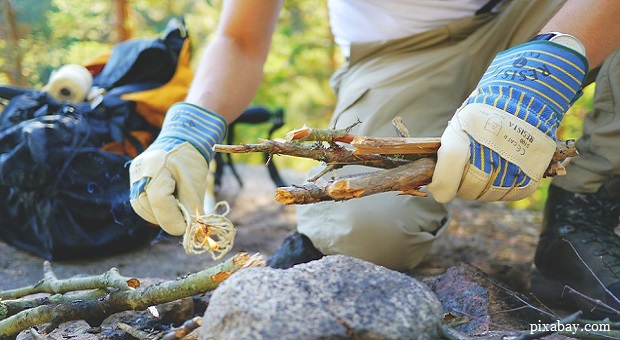

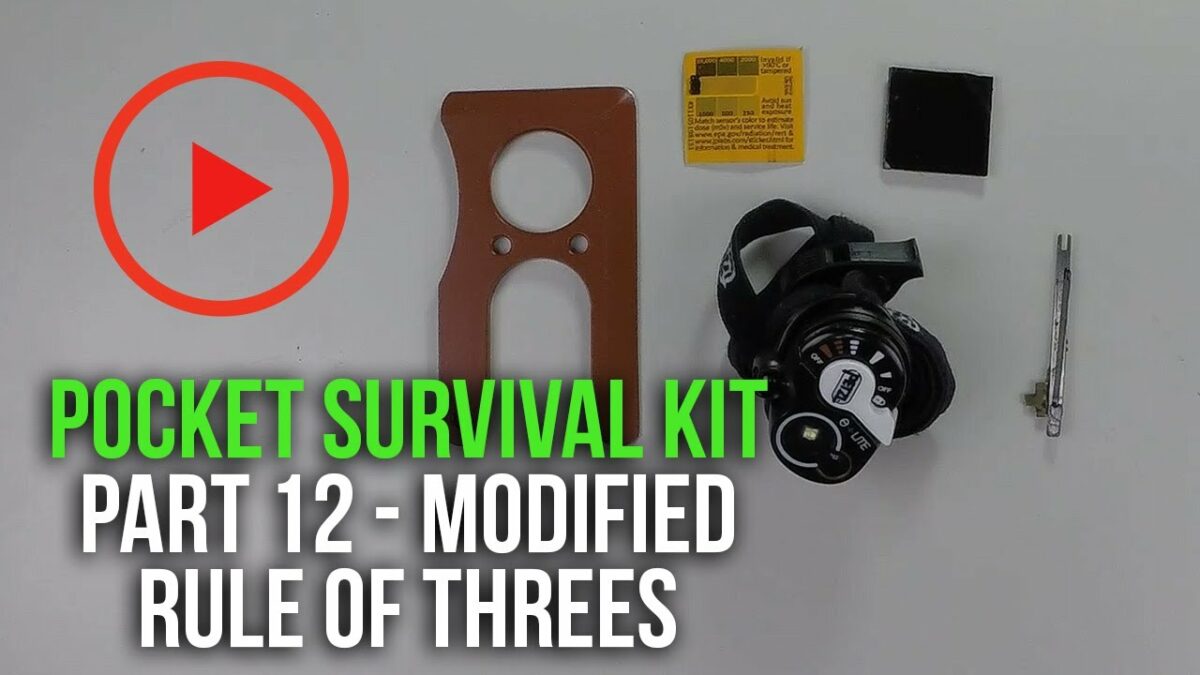
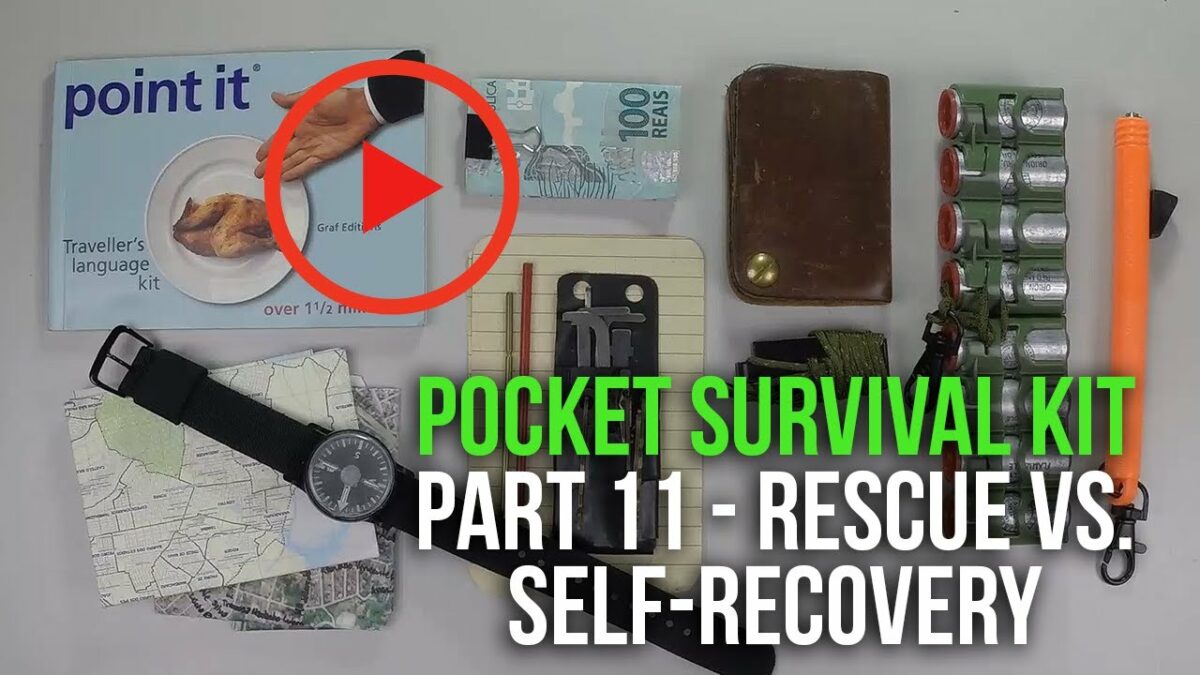
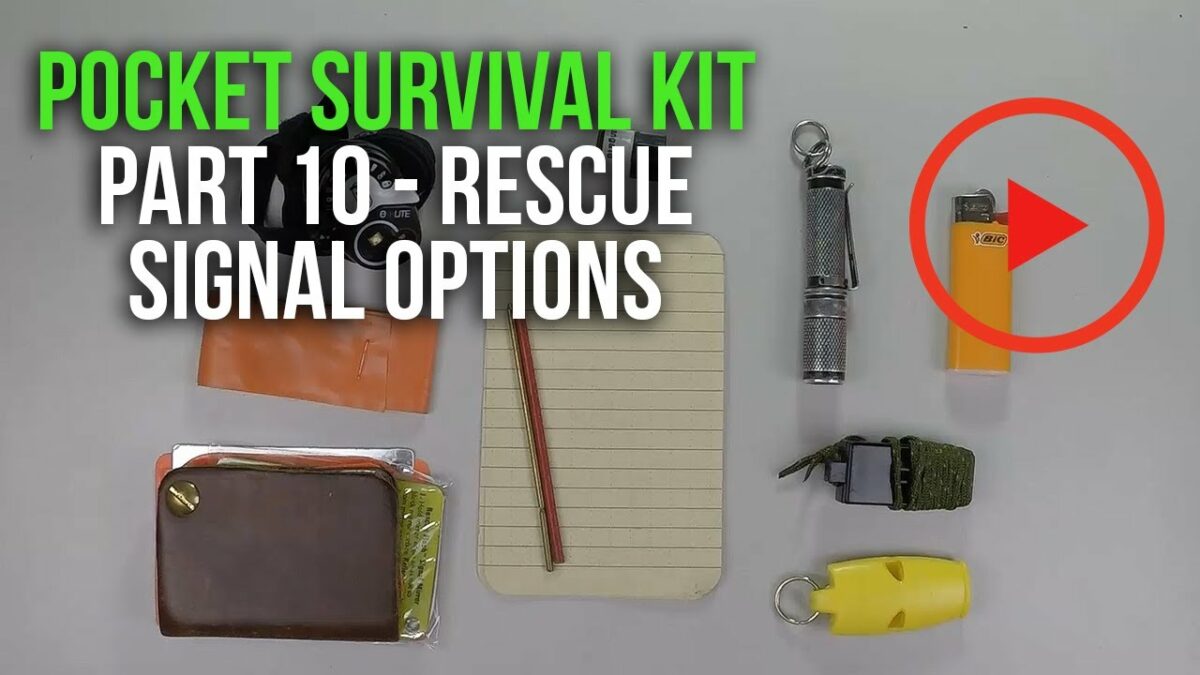
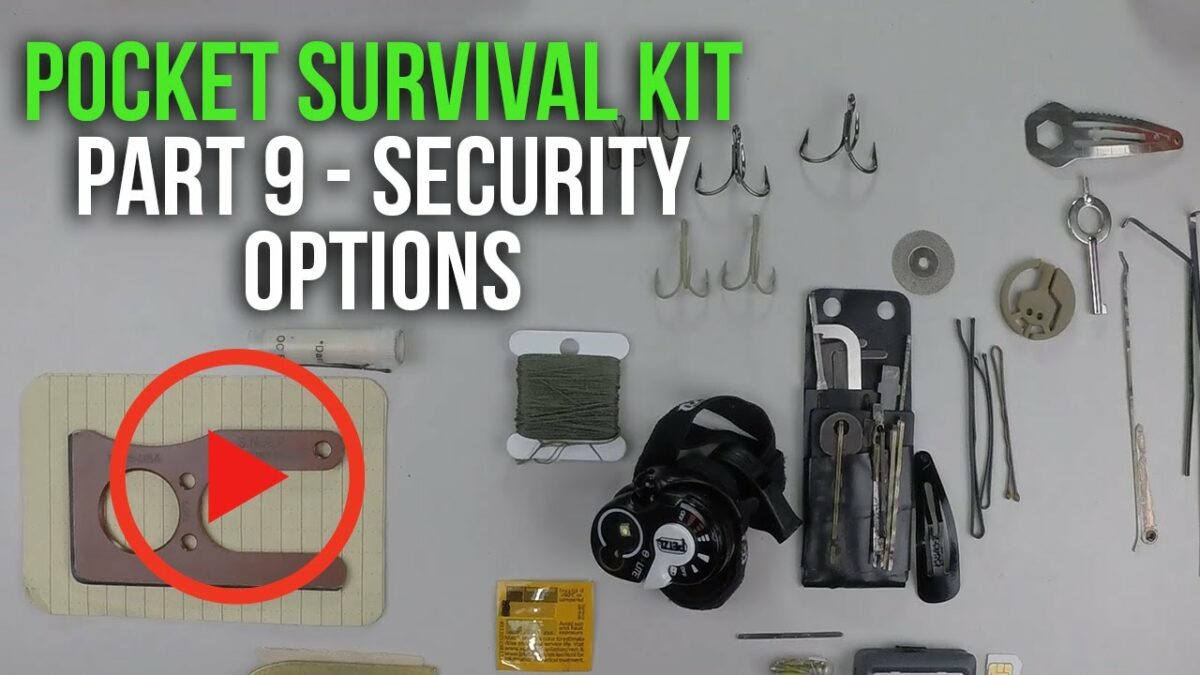


Bill in Idaho | September 13, 2017
|
Good Article, Chris. Important Stuff. To Quote you – a blade (read survival knife) is one of the most important tools to have in a survival situation.. A Strong, Heavy, Sturdy, and SHARP Knife (7″ Blade) is THE MOST IMPORTANT Tool that you can carry. Next is a Hachet, SHARP. Next is a Machette, SHARP. Next is a Poncho, Strong and Sturdy. I carry 3 different types of fire starters. Keep up the Good Work. Bill